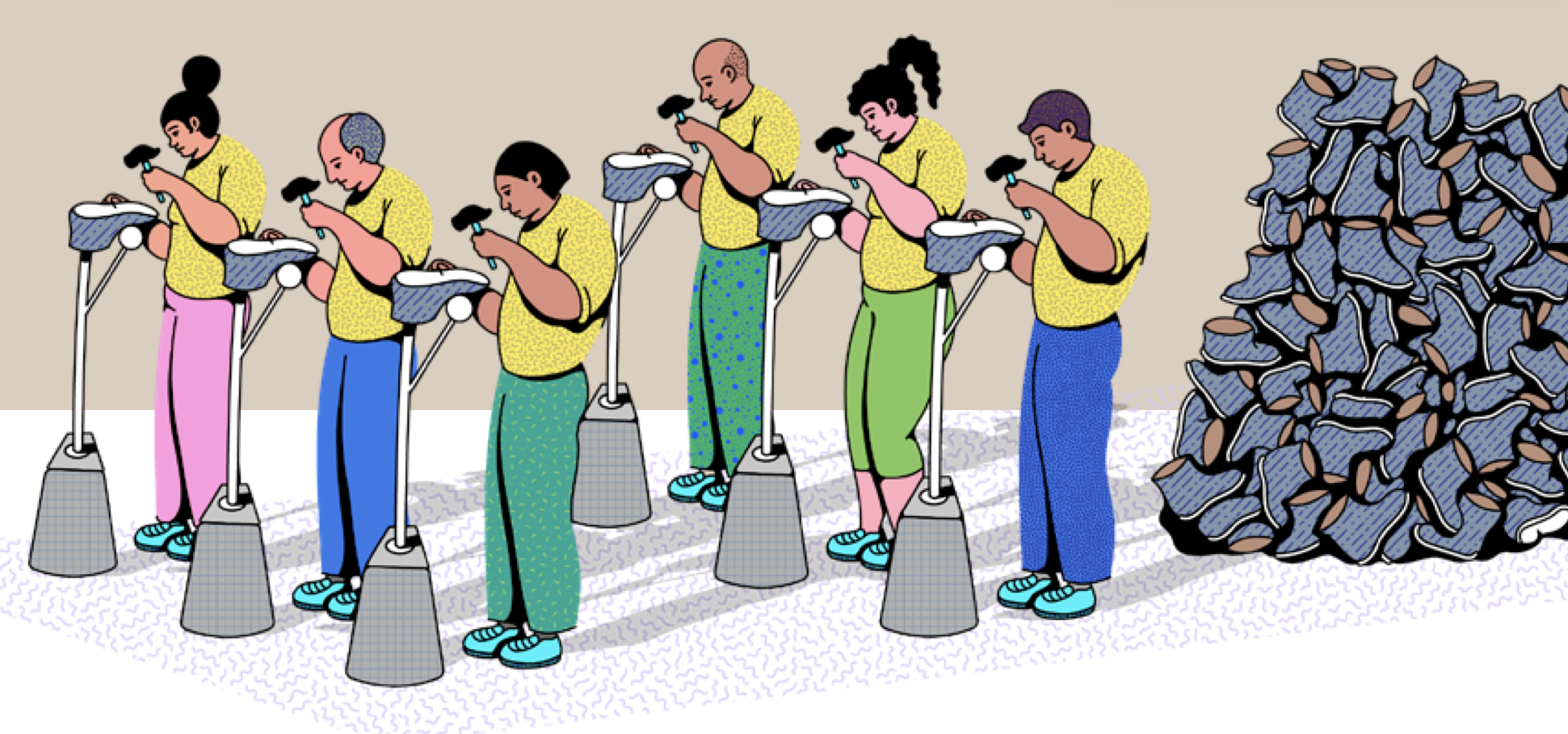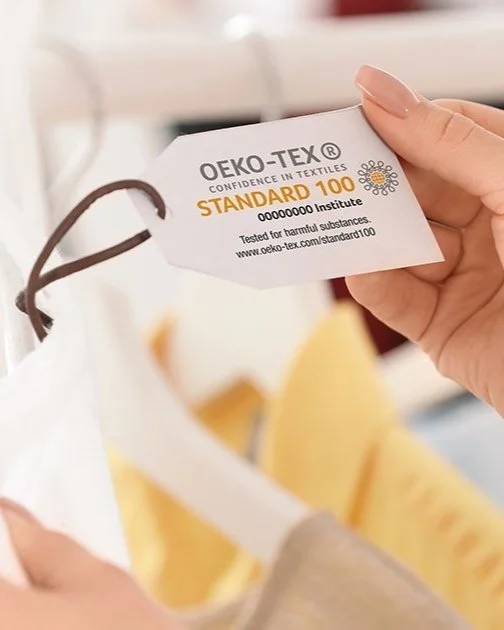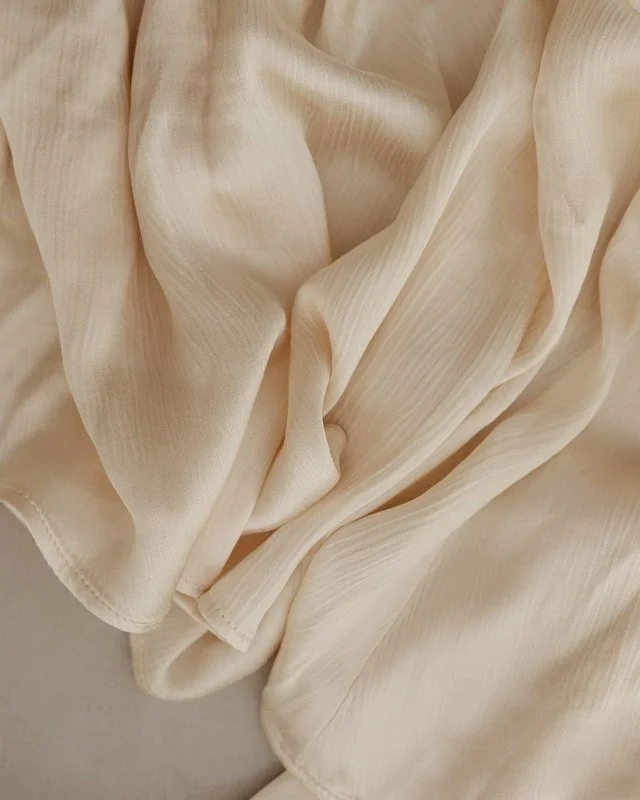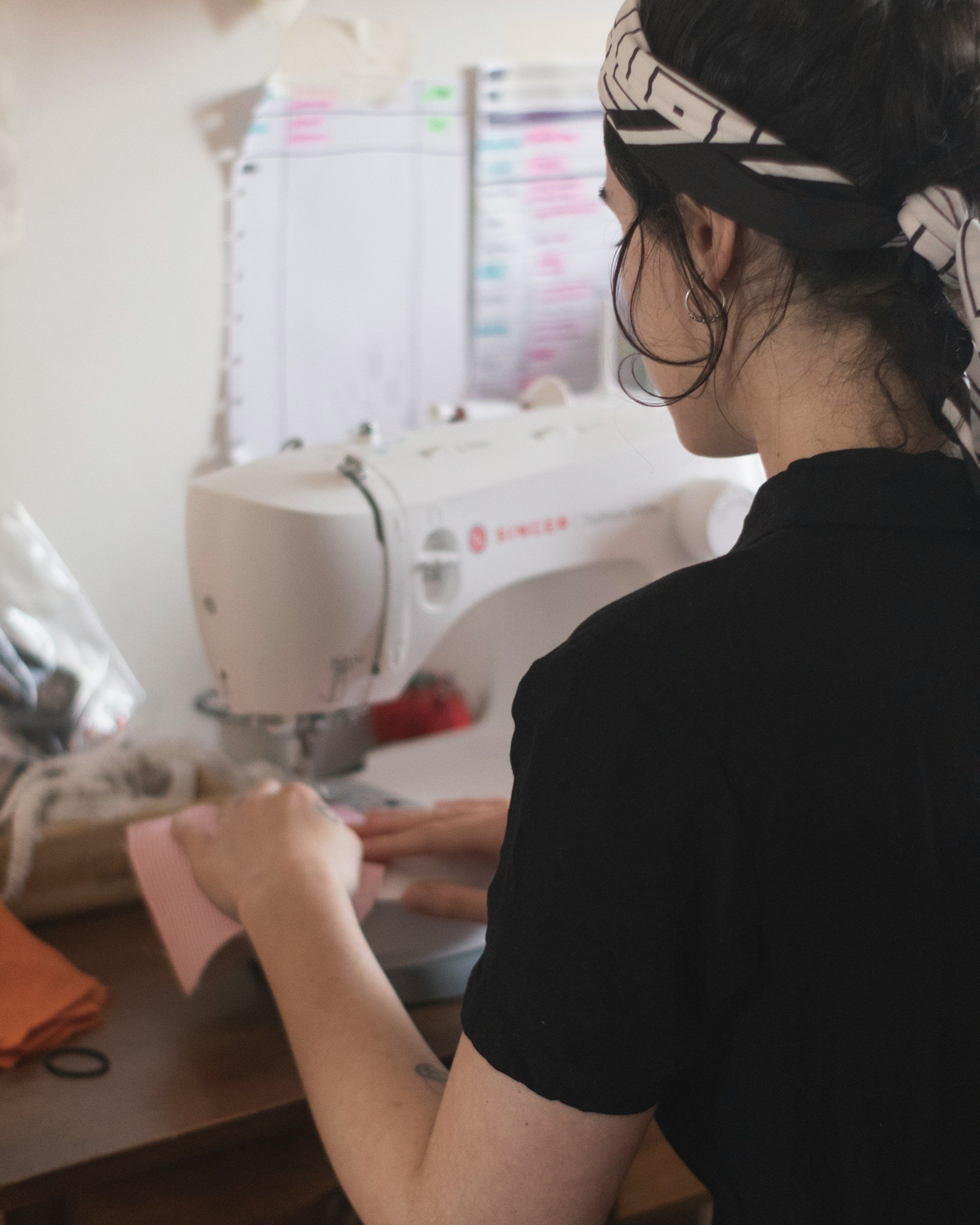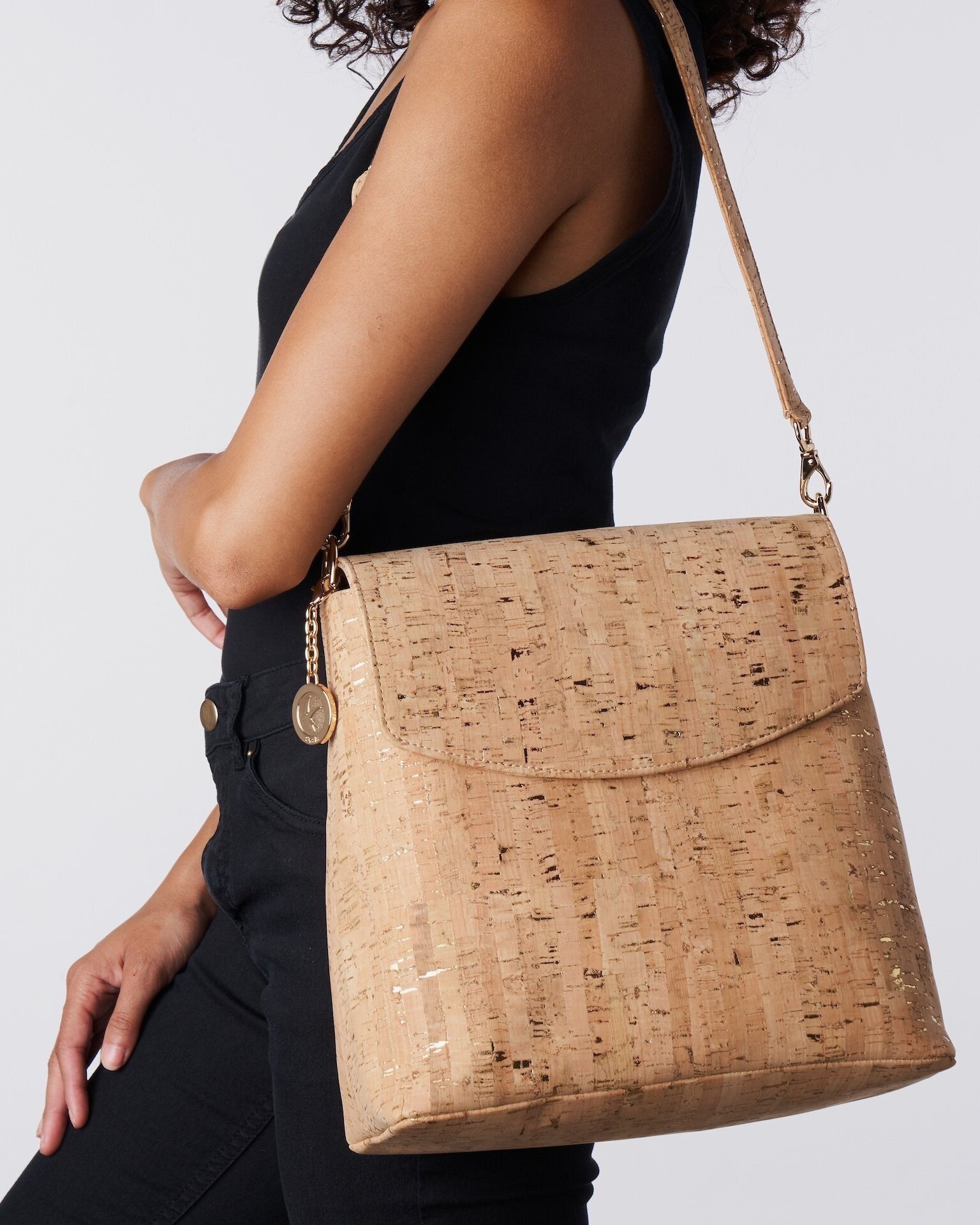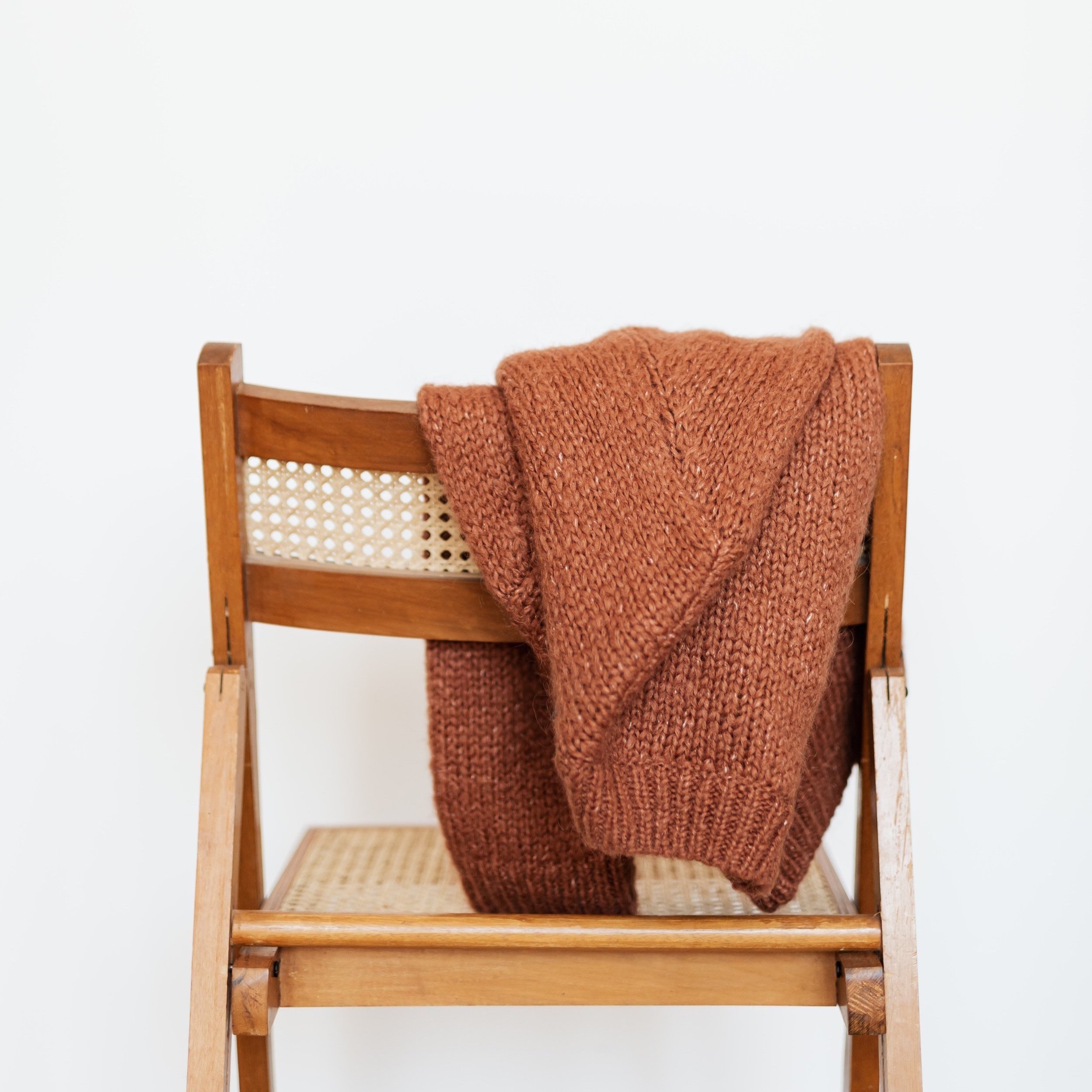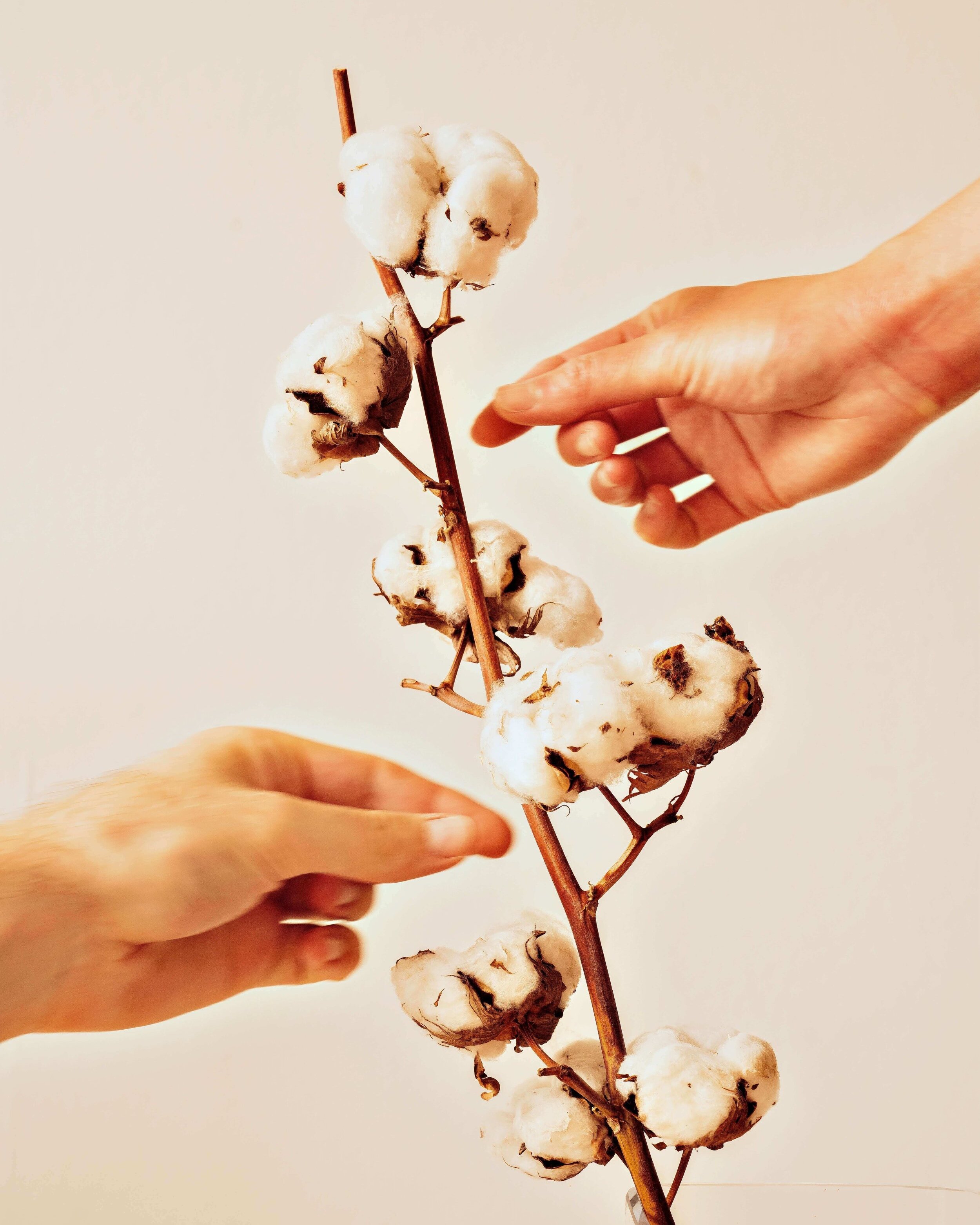The Human Cost of Conventional Leather
The Human Cost of Conventional Leather
There’s a lot of discussion about the environmental issues associated with producing leather, and whether or not we acknowledge it, we know that leather is the skin of slaughtered animals. Less attention is given to the plight of humans in many leather supply chains, who too often are exploited and harmed.
Collective Fashion Justice’s report series, ‘Under their skin’, opened with its first edition, ‘leather’s impact on people’. From Indigenous land rights issues wrapped up with deforestation for cattle rearing in leather supply chains to health issues faced by exploited tannery workers, forced labour on some cattle ranches as well as both psychological and physical harm facing slaughterhouse workers, there’s a lot to unpack. And that’s before we talk about environmental racism tied to pollution coming from slaughterhouses and tanneries. So let’s trace a conventional leather supply chain, and explore what’s happening to people both in and surrounding them:
Illustration Credit: Inma Hortas / Under Their Skin
Leather, deforestation and Indigenous land rights
Raising cattle for both meat and leather is extremely land intensive. In fact, while some industry advertising tells us that free-range, pasture systems are more sustainable, these systems require more land and so contribute to greater degradation and biodiversity destruction. Cattle rearing is responsible for 80% of deforestation in the Amazon, in Brazil, one of the leading leather producing countries in the world. In fact, raising cattle for production eats up more land than any other human activity across the globe.
Clearly, deforestation and the loss of natural environments is bad for the planet. But what’s it got to do with people? In Brazil, the leather industry has been complicit in deforesting stolen Indigenous land, harming the Karipuna, Uru-Eu-Wau-Wau, Rio Ouro Preto, Rio Jacy-Paraná and Piripkura peoples.
Harming native lands harms the people who belong to that land. As Waorani warrior and leader Nemonte Nenquimo said, “The Amazon rainforest is my home… the land grabbers are cutting down primary forest so that the cattle can graze… When you say that you are urgently looking for climate solutions, yet continue to build a world economy based on extraction and pollution, we know you are lying because we are the closest to the land, and the first to hear her cries… The Earth does not expect you to save her, she expects you to respect her. And we, as Indigenous peoples, expect the same.”
But, as the report notes, this problem is not exclusive to Brazil and Brazilian leather supply chains: across Paraguay, Bolivia, Argentina, the United States and Australia, these industries have and continue to rob Indigenous communities of their land, violating international human rights law.
Unfortunately, even the Leather Working Group certification, considered the ‘best’ in the industry, still permits deforestation for leather. Leather supply chains can be very difficult to trace, making this a problem many brands are unable to begin solving. Leather, like viscose and other wood cellulose fibres are high risk for deforestation and associated human rights violations, so we need to be very wary of them.
Illustration Credit: Inma Hortas / Under Their Skin
Farm workers
‘Tier four’ of fashion supply chains is where raw materials are produced. In the case of plant and animal-derived materials, that means farms. Cattle farms and ranches are very difficult to trace. In fact, Fashion Revoltuon’s 2022 Fashion Transparency Index, which investigated the 250 largest brands and retailers in the industry, found that just 12% of these fashion companies disclosed where they source their raw materials. This lack of transparency is a real problem, because exploitation runs rife in hiding.
Cattle farms in leather supply chains unfortunately can, like with other farms in fashion supply chains, be run with exploitative and even forced labour. Forced labour, unjust payment and the exploitation of workers has been documented on cattle farms across Brazil, the United States, Australia, Paraguay, Vietnam and a number of other countries. JBS, the company which owns a huge portion of the world’s slaughterhouses and tanneries, has been ‘confirmed to source cattle from supplier farms that made use of workers kept in slavery-like conditions’.
Too, working on a cattle farm supplying fashion brands can cause some workers serious mental distress. Routine and legal practices on cattle farms include cutting or burning off the budding horns of calves without pain relief, as well as other painful mutilation practices, in some instances including searing hot branding. Wouldn’t want to do this to cows? You’re not alone: “here I have to switch my love for animals a bit off, you have to if you work here”, and “you should not feel bad for them. If you have a thought about that you can’t be in the industry, you can’t feel bad for them, you just can’t”. These are the words of two workers on free-range cattle stations.
Fashion brands working to reduce the suffering of cows on farms implement policies which demand pain relief for mutilation practices, but with such little transparency across all farms in the leather supply chain (often numerous farms are involved in one supply chain, thanks to the use of ‘background’ and ‘breeder’ farms), it can be difficult for these policies to have a real impact. Without traceability, it’s very challenging for fashion brands to make change, or know they need to.
While some farms fortunately don’t carry out these cruel procedures without pain relief, in every leather supply chain, cattle are sent to be killed. For Jay Wilde, who ran a small-scale farm before a change of heart, sending cows he had grown to care for to their slaughter was “soul destroying”, and felt like playing a “dirty trick”.
Illustration Credit: Inma Hortas / Under Their Skin
Slaughterhouse workers
These mental health impacts for workers in leather supply chains only worsen in slaughterhouses. We don’t often think of abattoirs as a part of the fashion industry, but the valuable co-product of leather could not exist without them.
Slaughterhouse workers are more likely to suffer with something called perpetration-induced traumatic stress. This is similar to PTSD, but with one major difference: PITS is brought about by causing significant trauma to someone else, and feeling trauma yourself as a result. As with PTSD, symptoms include anxiety, panic, depression, paranoia, a sense of disintegration and dissociation, amongst other symptoms Yale researchers referred to as ‘the psychological consequences of the act of killing’.
This violence only spreads further, as research has suggested that communities surrounding slaughterhouses can face increased rates of violent crime, considered a ‘spillover’ in the psyche of workers paid to kill for a living.
Slaughterhouse line speeds are also increasing in many places around the world, increasing already seriously high risks of physical injury. Did you know that Human Rights Watch once referred to the factory job as the most dangerous in the United States?
While speed rates can be reduced, safer equipment can be used and training can help to reduce injuries, the psychological aspects of slaughterhouse work are inherent to the job, and unable to be avoided in leather production.
Illustration Credit: Inma Hortas / Under Their Skin
Tannery workers
Perhaps most commonly thought of when we think about the people who make leather are tannery workers. China and India transform more skins into leather through tanning than any other country, with many skins both produced onshore and imported into these nations for processing.
In both of these countries, serious health hazards and exploitation are faced by workers and those living nearby tanneries. In China, the environmental pollution surrounding some industrial areas with tanneries is so bad that even the local government have referred to these places as ‘cancer villages’. In India too, as much as 40 million litres of untreated tannery wastewater full of carcinogenic substances like chromium and formaldehyde are dumped into the Ganga River. Every single day. This waterway is considered sacred by local people, who rely on it to live.
Inside these tanneries, poor payment and child labour have been documented. Too, peer-reviewed, global studies have shown that workers face far higher risks of developing diseases including lung cancer, pancreatic cancer, skin cancer, kidney cancer, bladder cancer and soft tissue sarcoma, to name a few.
While these problems are exceptionally bad in areas with less economic advantage, as a result of both environmental racism (where wealthier countries export their more environmentally destructive and health harming industries to poorer, normally non-white areas) and outdated infrastructure, many issues persist in wealthier nations.
The ‘Made in Italy’ label evokes images of luxury in many of our minds, but a report funded by the European Commission shows a different story: tannery workers in the country exploit migrant workers who also face serious health risks due to their exposure to toxic chemicals. Too, these workers are often denied fair, living wages, while also being offered unjust working contracts which leave them vulnerable to exploitation. One tannery worker quoted in the report, said “we’re like lemons, they squeeze us and then throw us away”, while another, who spoke anonymously, said “you’re practically a salve – they say – if one week you complain or mess up, they send you away, they have you by the throat”.
Again, the Leather Working Group certification fails to protect tannery workers from this kind of exploitation, despite being promoted by brands as assuring ‘responsible’ and ‘ethical’ leather. There are a number of brands that ensure safer and more fair working standards for tannery workers, and this is deeply important. There are also tanneries which better manage the chemical substances used in the process, better protecting surrounding communities from pollution.
Illustration Credit: Inma Hortas / Under Their Skin
Garment workers
Finally, once skins are fully transformed into leather, they are made into jackets, shoes, bags and other accessories. Here is where we meet garment workers. Whether clothes are being made from leather, an animal free alternative to it, cotton, polyester or any other material, the vast majority of people who make our clothes are not paid fairly or treated with respect.
Some estimates suggest that just 2% of garment workers are paid a living wage, with the rest receiving ‘poverty pay’ so minimal they are unable to afford all of their basic necessities. While we expect this from fast fashion brands selling clothing so cheap it would be impossible to pay everyone involved in making them properly, unjust payment occurs in luxury fashion, too. In fact, luxury brands such as Burberry and Chloé have faced legal trouble in the past, when it was found that their expensive leather bags were being made in Italian sweatshops. People working to make products for the brands were being paid less than $3.5USD each hour – for bags worth over a thousand dollars, if not more, in some cases.
The fashion industry as a whole will never overcome these issues unless it recognises that dignity and life must be prioritised before profit. While there is promising improvement, and plenty of brands working to make clothes more ethically, there’s also a whole lot of room for major improvement.
More ethical and sustainable alternatives to leather
Some of the human exploitation found in leather supply chains can certainly be avoided, and every person deserves safe and fair work, no matter what work they are involved in.
Not all cattle farms used forced labour, there are tanneries which provide proper safety gear to the people working with dangerous substances, and leather which does not come from deforested land which contribute to the forced displacement of Indigenous communities. Every reduction of suffering is an improvement to be pleased about, however, some of the issues wrapped up in leather production cannot be avoided.
Even when putting aside the harm to animals, or the environmental impacts of leather, the trauma associated with transforming animals into materials is largely inseparable from the process. These are not small or insignificant issues, and if you’re looking to avoid contributing to them, there are plenty of great alternatives to leather available!
Look out for more sustainable alternatives to leather, like recycled materials, 100% biodegradable and natural MIRUM, AppleSkin, Desserto, Piñatex, VEGEA and other options made from a blend of plant-based and synthetic materials, as well as totally natural choices like cork and washable paper.
About the Author
Emma Håkansson is the founder and director of Collective Fashion Justice which seeks to create a total ethics fashion system that prioritizes the life and wellbeing of non-human & human animals, as well as the planet, before profit & production. She has written countless articles on ethics, sustainability, and fashion, and has two books due out over the next two years.
MAKE SURE TO PIN THE PHOTO BELOW TO SAVE THIS POST FOR LATER!
WANT to find SUSTAINABLE BRANDS? VISIT OUR BRAND DIRECTORY!
Our Brand Directory is home to hundreds of sustainable brands, from makeup to cleaning supplies, from underwear to shoes. We have broken everything down by category for easy shopping, along with discount codes unique to Sustainably Chic viewers.






